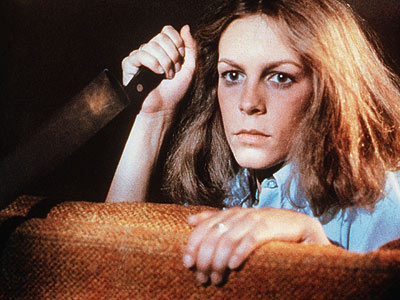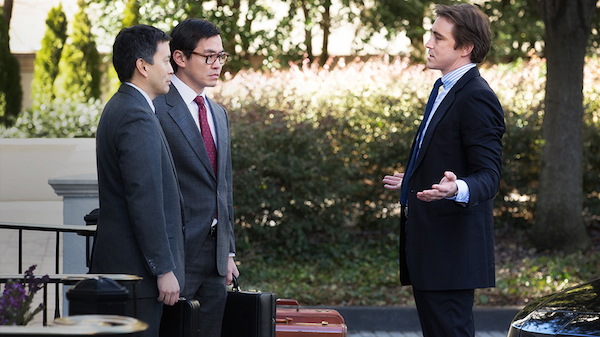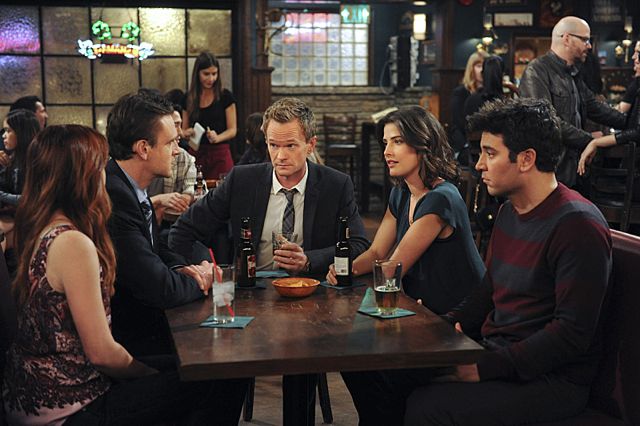One of the most integral parts of slasher films (1970s and onwards) is the concept of the “Final Girl”. Not only is it now a really iconic and interesting term, it’s one that’s evolved over the years as societal views in the horror genre has too.
Coined by American film professor Carol J. Clover, the Final Girl in simplest terms, is the character in movies who is the last survivor. She’s the last woman left alive to confront the killer, therefore making her the one left to tell the story. What makes this particular horror trope worth exploring, is exactly how she’s been characterised over the years of horror remakes and slasher reboots.
In order to be the last survivor, the Final Girl has notable different objectives and morals from the rest of the characters. She will avoid social norms and is extremely distinguishable from the rest of the cast as she does not venture into the world of “adult life”. Stuck in a pre-pubescent state; she lives her life responsibly and focuses on her education instead. On the surface, the Final Girl is a vision of female empowerment and there are two in particular that really stand out.
 Laurie Strode (Jamie Lee Curtis) – Halloween (1978)
Laurie Strode (Jamie Lee Curtis) – Halloween (1978)
The first example being the original Final Girl, Laurie Strode. Without this film or character, this popular horror trope wouldn’t even exist. The first genre-defining slasher movie is John Carpenter at his absolute best. As Laurie embodies Clover’s definition perfectly, she arguably set the guidelines for future Final Girl characters. She’s the first to show suspect suspicion and Laurie notices the presence of the antagonist before anybody else.
Many people will argue that as slasher films progress, the Final Girl has to become more masculine in order to survive. Clover and others have suggested that their weapons of choice have phallic connotations (i.e. knife, chainsaw), which suggests that females need the support of men to survive. Throughout Halloween Laurie is resourceful and uses objects around her house to defend herself. Notable examples are a knitting needle and a clothes hanger, although these are generally objects a woman would use, Laurie herself is somewhat masculine looking.
The fact that Laurie is never sexually active like the other female characters in the film, suggests that women in general are punished for exploring their sexuality. Which is a trait that has unfortunately been recycled a countless amount of times in the horror genre. Laurie is an important example of a Final Girl as she embodies a number of ongoing conventions for this concept.
 Sidney Prescott (Neve Campbell) – Scream (1996)
Sidney Prescott (Neve Campbell) – Scream (1996)
Up until the ’90s it was strongly suggested that if a women’s sexuality isn’t visually clear only then will she have a chance against the killer. In the 1990s women became more open about being sexually active and feminism continued to evolve. The Scream franchise revolutionised the horror genre and most importantly the archetypal Final Girl, or so it seemed. This was achieved through challenging the defining ideologies of the genre by breaking the “rules”.
Scream mocks the conventions of the Final Girl horror trope by having the female protagonist go against her founding sisters by having sex during the film. Although Scream appears to present a new mould for the modern Final Girl, Sidney is still masculinised in order to survive. Through the films she obtains phallic objects that connote men. As she relies on them to defend herself, the films suggest that she is only strong when armed with a masculine object.
The Final Girl now
The Final Girl trope has never disappeared, and more horror films now are finding ways to incorporate her even more. The 2011 horror film Silent House is a strong example as it’s an experimental take on the Final Girl – actress Elizabeth Olsen is almost always the only character on screen. The recent Evil Dead remake rewrote the plot of the cult film so it featured a group of friends trapped together. The original is mostly Bruce Campbell fighting off evil by himself; in the new film, Mia’s friends are killed and she is left alone to confront and kill the demon with a chainsaw. The 2011 remake of The Thing does the same thing too by replacing an all male cast with a young woman in Kurt Russell’s role.
Horror films have been, and always will be about gender and sexuality. Often a sexually frustrated killer will kill those having sex when he can’t. The Final Girl works as a trope because it’s expected and although the concept has come a long way, there still aren’t enough strong examples. Today the Final Girl still proves that women in horror cannot survive being womanly without masculine objects, or use typically women’s objects without being masculine looking.
– Catstello





